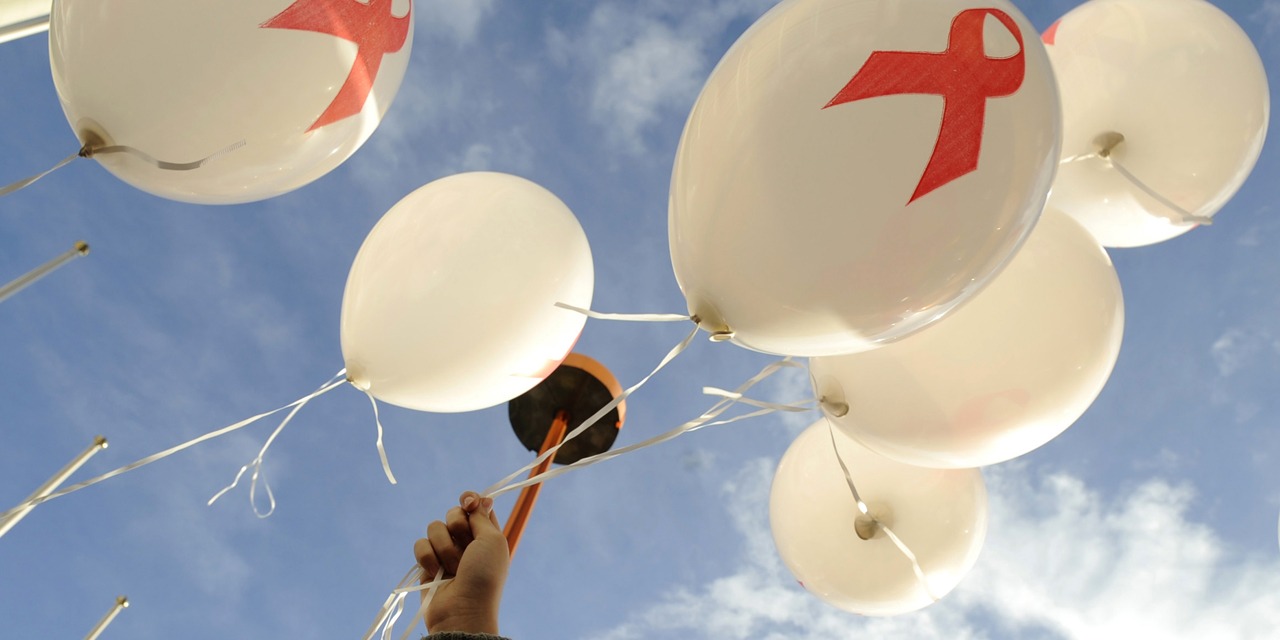“An exceptional case”: a man referred to as “the patient of Geneva” is in long remission from HIV after receiving a bone marrow transplant that does not have a mutation known to block the virus, news that potentially opens up avenues for research. His case was presented on Thursday, ahead of the International AIDS Society Conference which opens on Sunday in Brisbane, Australia. Before him, five people have already been considered probably cured of HIV infection after receiving a bone marrow transplant.
The cured patients were suffering from blood cancers and benefited from a stem cell transplant which deeply renewed their immune system. Each time, their donor presented a rare mutation of a gene known as CCR5 delta 32, a genetic mutation known to prevent the entry of HIV into cells. For the “patient from Geneva”, the situation is different: in 2018, to treat a particularly aggressive form of leukemia, he benefited from a stem cell transplant. But this time, the transplant came from a donor who did not carry the famous CCR5 mutation.
Thus, unlike the cells of other people considered cured, those of the donor person theoretically allowed HIV to reproduce. And yet, the virus remains undetectable 20 months after the interruption of antiretroviral treatment in this patient followed at the University Hospitals of Geneva, in collaboration with the Institut Pasteur, the Institut Cochin and the international consortium IciStem. His antiretroviral treatment was gradually reduced and definitively stopped in November of 2021.
“Undetectable”
The analyzes carried out during the 20 months which followed the cessation of treatment did not detect any viral particles, any activatable viral reservoir, or an increase in immune responses against the virus in the organism of this person. The scientific teams cannot exclude that the virus still persists, but they consider that this is a new remission of the HIV infection. Other patients with HIV had benefited before him from marrow transplants without the famous protective mutation.
But “the virus reappeared after a few months,” Asier Sáez-Cirión, head of the Viral Reservoirs and Immune Control Unit at the Pasteur Institute, told AFP. “We consider that when we exceed 12 months of undetectable virus, the probability that it remains undetectable in the future increases significantly”, he adds.
How to explain such a phenomenon in this patient? Several hypotheses are on the table. “In this specific case, perhaps the transplant made it possible to eliminate all the infected cells without the need for the famous mutation”, suggests Asier Sáez-Cirión. “Or maybe his immunosuppressive treatment, necessary after the transplant, played a role”.
“A miracle”
This long remission is “encouraging” but “a single virion [une particule virale infectieuse] can lead to a rebound of the virus,” warned Sharon Lewin, president of the International AIDS Society Conference. This patient “will need to be monitored closely over the next few months or even years. The probability of a rebound is impossible to predict”, he added. If these remissions nourish the hope of one day overcoming HIV, a bone marrow transplant remains a very heavy and risky operation: it is not adaptable to most carriers of the virus.
This “exceptional” case, according to the researchers, in any case opens up new avenues of research, such as the role that immunosuppressive treatments could play. “This also encourages us to continue to study certain cells of innate immunity” (the first defense barrier against various pathogens), likely to influence the control of the virus, adds Asier Sáez-Cirión.
“We know that we are not going to transplant all patients who have HIV, but this opens doors to try to obtain lasting remissions in the absence of a transplant with mutation”, underlined Thursday at a press conference Professor Alexandra Calmy, head of the HIV Unit at the University Hospitals of Geneva.
The patient, who had been living with HIV since the early 1990s, wishes to remain anonymous for the time being. He considers this remission “as a miracle that he dedicates to the future and to research”, underlined Professor Calmy.
